Where are the other 46?
When I first saw RONIN, I thought I was looking at a mod for Gunpoint. The jumping mechanic appeared the same, the environments were almost identical, and the idea looked just about the same. Turns out, RONIN is not that. The jumping looks similar and the idea seems the same, but it’s actually a very different game.
RONIN could have definitely taken some pointers from Gunpoint, though.

RONIN (PC)
Developer: Tomasz Wacławek
Publisher: Devolver Digital
MSRP: $12.99
Released: June 30, 2015
RONIN uses a barebones and cliche story. The main character wants to avenge their father and does so by killing five targets. A photograph with all of the targets together, along with the father, is used as a loading screen, which leads to the assumption that they were close at one time. What happened between then and now isn’t ever delved into, and the player is sort of left with little to no story to go off of. Just kill the targets, because dead father. Got it?
Every target plays out exactly the same. Two stages of going around and hacking computers, then one stage with the target in it. This repeats every single time, with the exception of the final stage. Even the stages with different objectives play exactly the same way, so it hardly matters. Playing RONIN feels like playing the same mission over and over again, about twelve times.
Each level even has the same three mini-objectives: don’t kill any civilians, don’t set off the alarm, and kill every enemy. If all three of these are completed, a skill point is awarded. This is the only form of character progression, and is essentially mandatory. The skills add combat techniques like throwing and recalling the sword or deploying a hologram. Certain skills are way better than others. For those who are about to play: get the skill that allows for hanging up unsuspecting enemies, then go for the one that allows teleporting to enemies. They are by far the best skills.
There are two forms of gameplay: free form and turn-based. While outside of combat, movement is free form. Jumping uses the mouse and functions a lot like jumping in Gunpoint, for those familiar with the game. Holding the jump button brings up an adjustable arc, and releasing the jump button sends the player in that arc. However, unlike Gunpoint, this mechanic is incredibly awkward and never seems to work the way it should.
When spotted by an enemy, turn-based combat begins. The game pauses and will show where the enemy will be firing, allowing the player to make a move accordingly. The player always moves first, so attacking at a guard who is about to fire works out just fine. The problem is that the only way to move is to jump. If the player is hanging from a ceiling and a guard is about to shoot them, it is impossible to just scootch a little bit to the right. The only option from hanging is to jump down, which isn’t always a great option.
Jumping on an enemy will stun them, forcing them to recover for two turns. Stunning an enemy also awards one point towards the Limit Break bar. This bar slowly fills up with action points as the player stuns or kills enemies. These points are used to utilize the acquired skills, or to use the Limit Break itself. If the bar completely fills up, the Limit Break is automatically activated, which allows two turns at once. Once used, the bar is completely drained. Most of the time, I would have much preferred to not use the Limit Break and instead use my skills to dispatch enemies.
The issue is that jumping takes one action point to use, and if the player doesn’t either stun or kill an enemy, that point is lost. Some skills, like throwing the sword, can only be activated mid-air for some reason. This means players have to waste an action point jumping, then next turn they can spend the two points it takes to throw a sword and complete the action. This essentially means it takes three skill points to use the skill instead of two, and can be quite frustrating.

Battles are essentially puzzles to be solved by the player, and there is often only one real solution. Most rooms have one entrance, and from there it is a matter of figuring out how to hop around in the most efficient way. Players with different skills will approach a battle differently, but given a single set of skills, they will solve battles in just about the same way every time. There are also only four enemy types throughout the entire game, so battles are different ways of arranging the same thing.
Despite the awkwardness of the jump and frustrating design decisions in many of the levels, every once in a while something beautiful happens. It happens when all the skills are used effectively and players actually feel like a Ronin warrior. These moments occur somewhat frequently, and do a lot of good to help alleviate the otherwise constant frustration of memorizing a level’s solution.
There are checkpoints throughout each stage, though it’s not conveyed to the player where they are. They can be pretty generous at times, usually saving right before a battle. However I did encounter instances where the checkpoint left me in an inescapable position, forcing me to restart the level. At one moment, the game saved just as the alarm was going off, making it unavoidable. The game then crashed immediately afterwards. The option to go back to past checkpoints would be a very welcome addition.
The last mission has zero checkpoints, and forces players to do the entire thing all at once. It’s a great mission compared to all of the others, largely because it’s actually somewhat different, but considering the amount of accidental deaths I’ve had on it alone, it’s an asinine decision.

There’s also a New Game+ mode, which adds more difficulty to the stages. Behavior also seems to change, as guards that previously shot in a contiguous straight line now had upwards recoil. The problem is, there’s no incentive to play New Game+. The standard campaign was already the same mission every time. Why do it again? There are no new skills to acquire, just an added challenge for those who are yearning for more of the same.
While I played this game on PC, it is clearly designed for tablets. The user interface is awful, consisting of simple text and gigantic buttons. To perform any action, players must click on big floating circles above the object, whether it be to kill an enemy or ride an elevator. Sometimes players can tap the W key to perform an action, like moving the elevator up a floor, but other times it simply doesn’t work, like when entering the elevator. It’s gaudy and frustrating to have to click on these bubbles all the time.
RONIN strives to achieve the level of masterful design of games like Gunpoint and Mark of the Ninja, but seems to have overlooked what made them so special in the first place. It has its moments of truly feeling like a badass, but they do not make up for the frustration of everything in between.
[This review is based on a retail build of the game provided by the publisher.]

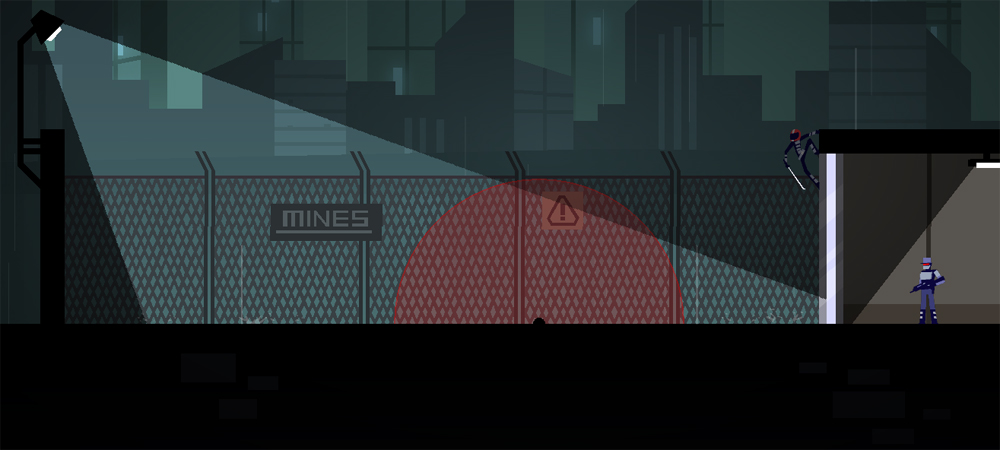




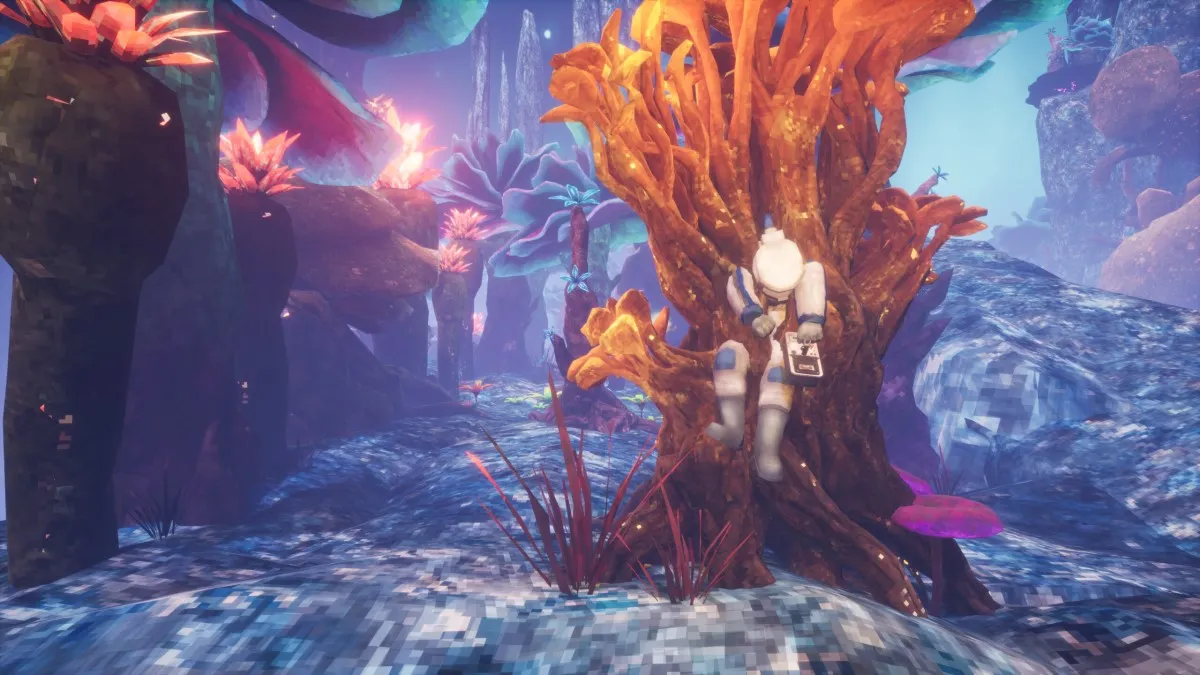
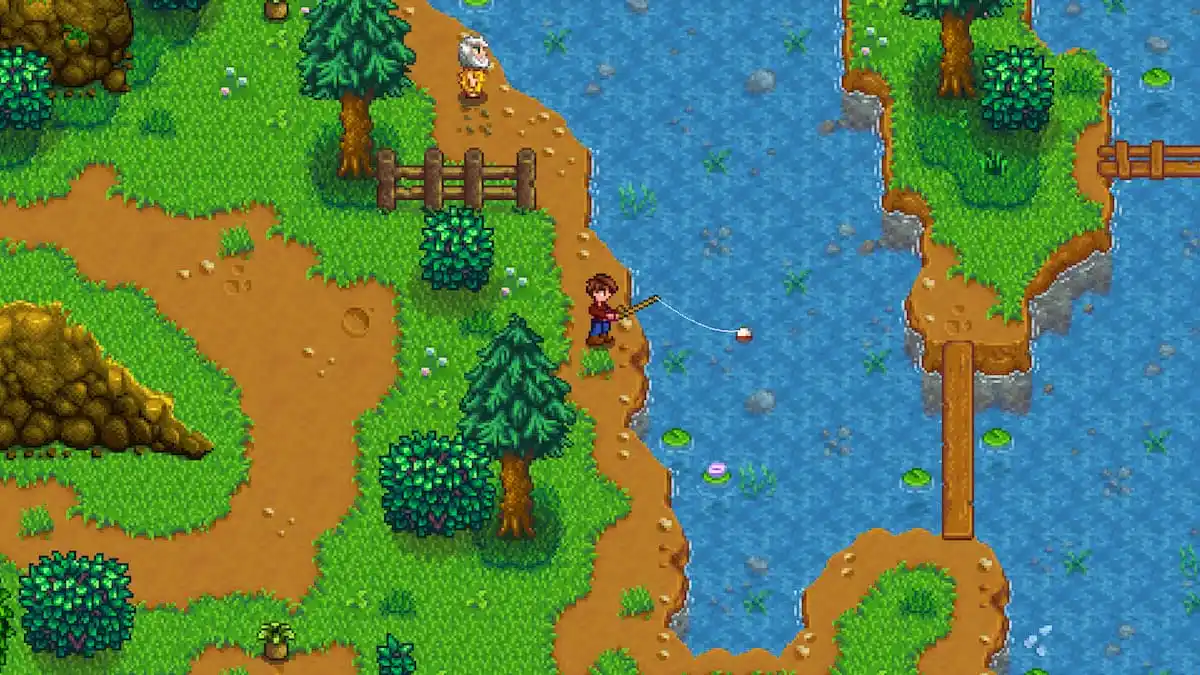
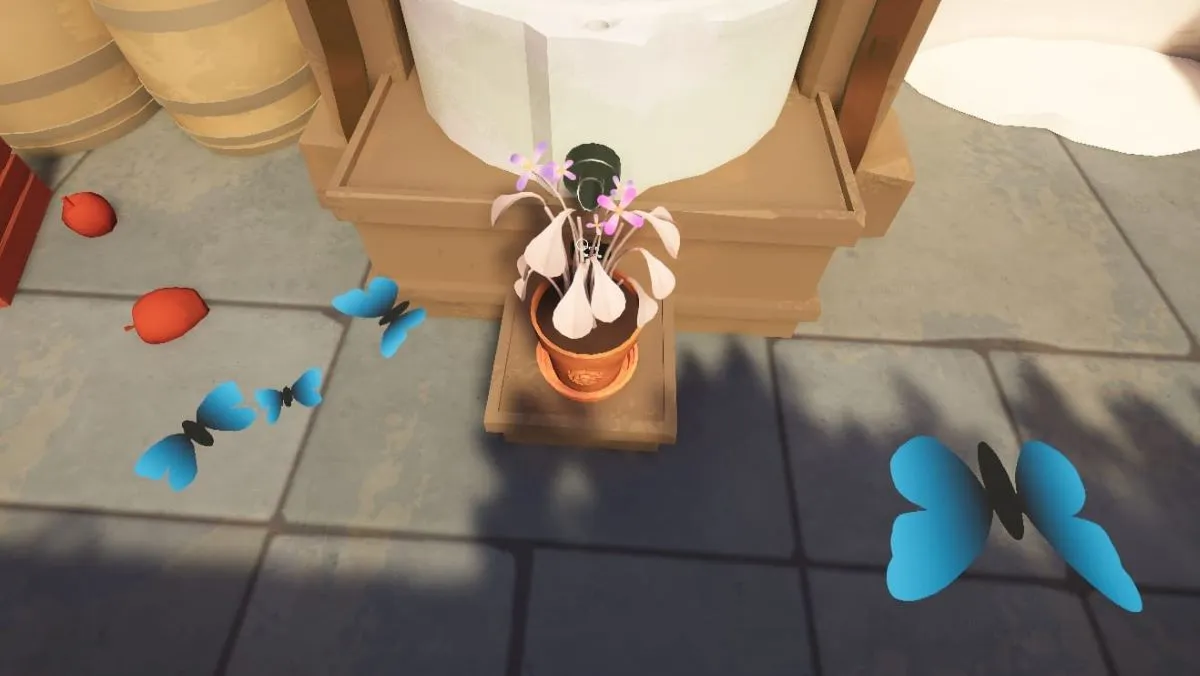
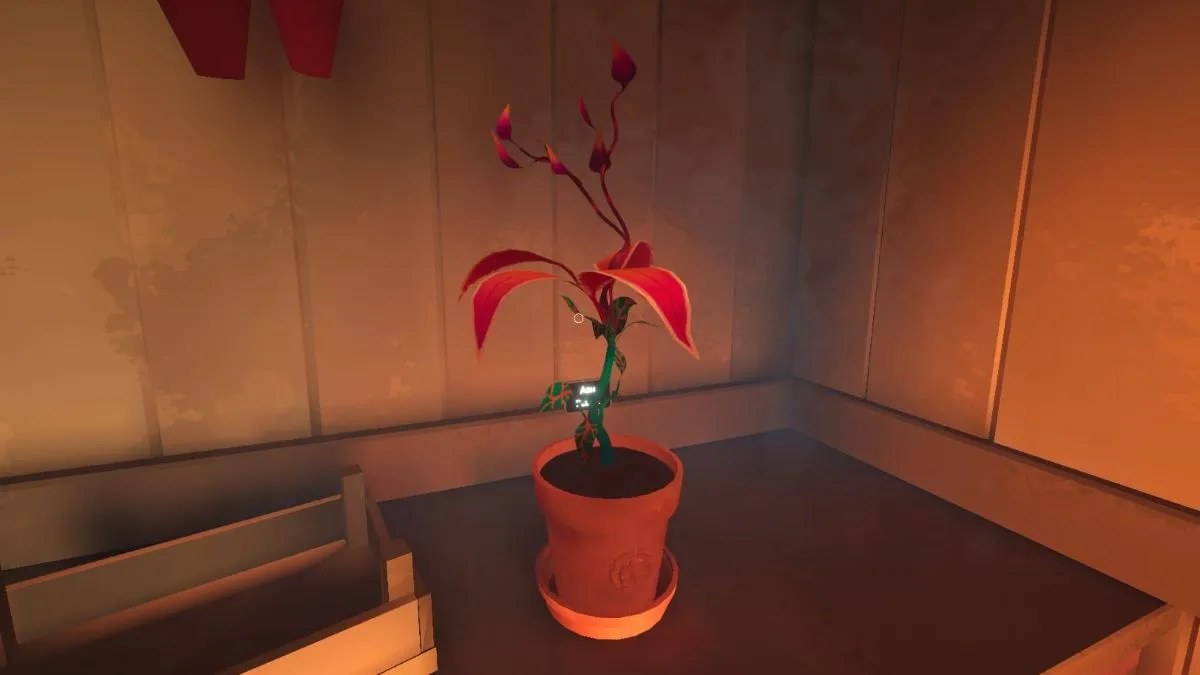



Published: Jun 30, 2015 1:01 PM UTC